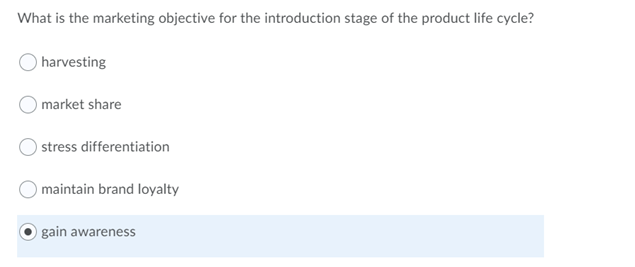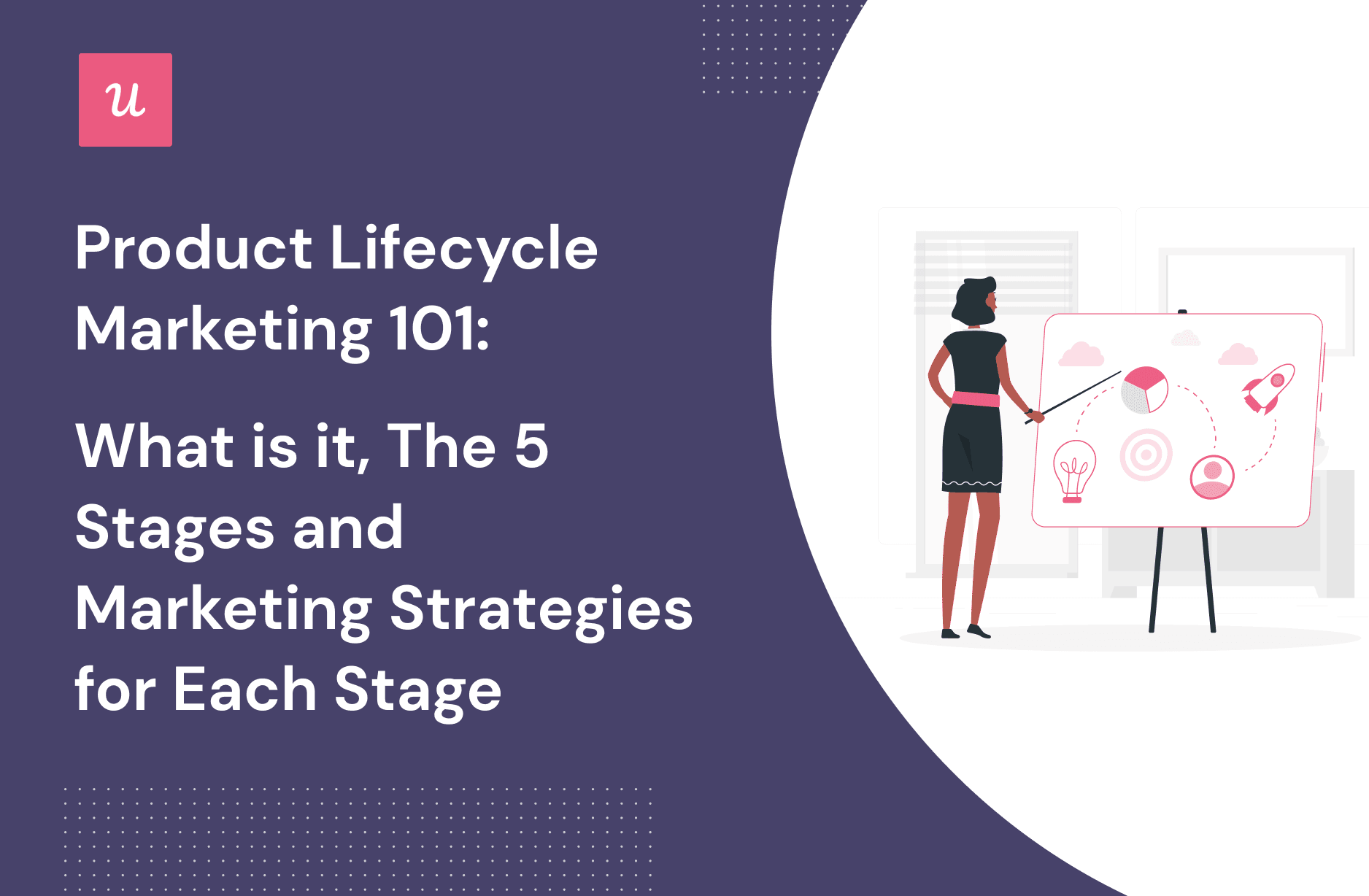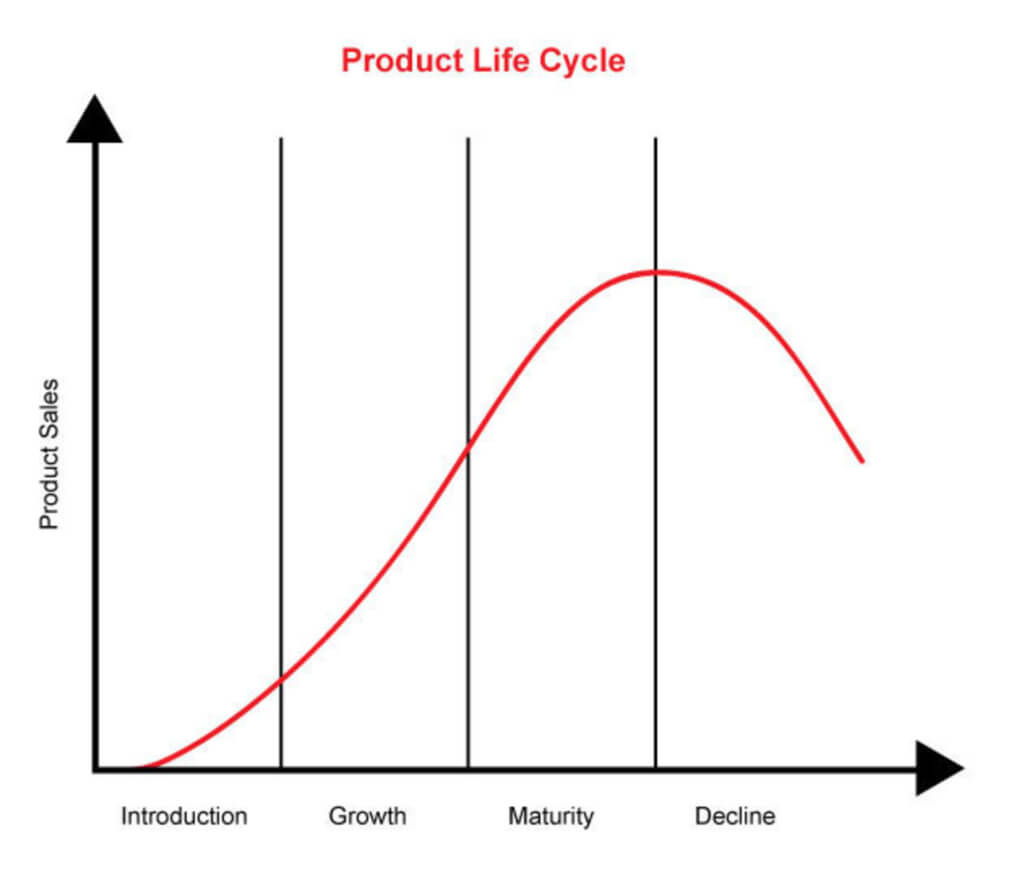The marketing objective for the introduction stage of the product life cycle is to create awareness and generate interest in the new product. In this stage, the focus is on establishing the product in the market and gaining initial traction through effective promotion and distribution strategies.
It is crucial to educate and inform the target audience about the unique value proposition of the product and differentiate it from competitors. Building strong brand recognition and positioning the product as a desirable choice are key objectives during this stage.
Emphasizing the benefits and features of the product through targeted marketing efforts can help to create a solid foundation for future growth and success in the market.
Marketing Objective
The marketing objective for the introduction stage of the product life cycle is to create awareness and generate interest among potential customers. The aim is to establish a strong market presence and achieve sales growth through effective promotional activities.
In the introduction stage of the product life cycle, the marketing objective is to establish a strong foundation for the product’s success in the market. It is crucial to create awareness and build brand equity during this stage to lay the groundwork for future growth. By focusing on these objectives, businesses can effectively launch their product and gain a competitive advantage in the market.Creating Awareness
Creating awareness is crucial during the introduction stage of the product life cycle. Businesses need to ensure that their target audience knows about the existence and benefits of their new product. This can be achieved through various marketing strategies such as advertising, public relations, and social media campaigns. To create awareness effectively, businesses can utilize engaging content that highlights the unique selling points of their product. By employing persuasive messaging and visually appealing visuals, companies can capture the attention of their target audience and generate interest in their new offering.Building Brand Equity
Building brand equity is another important marketing objective during the introduction stage. Brand equity refers to the value and reputation associated with a particular brand. By establishing a positive image and reputation from the beginning, businesses can create a strong foundation for their product’s success. To build brand equity, businesses should focus on providing exceptional customer experiences and consistently delivering on their promises. This can be achieved through superior product quality, excellent customer service, and effective brand storytelling. Additionally, businesses can leverage partnerships and collaborations with trusted influencers or industry experts to enhance their brand’s credibility and reputation. By doing so, they can differentiate themselves from competitors and build trust with their target audience. In conclusion, the marketing objective for the introduction stage of the product life cycle is to create awareness and build brand equity. By strategically focusing on these objectives, businesses can establish a solid foundation for their product’s success and gain a competitive advantage in the market.
Credit: www.chegg.com
Product Life Cycle
The product life cycle is a fundamental concept in marketing that describes the stages a product goes through from its introduction to the market, growth, maturity, and eventual decline. It helps businesses understand the unique challenges and opportunities they may encounter at each stage, allowing for more strategic and targeted marketing efforts.
Stages
The product life cycle consists of four main stages: introduction, growth, maturity, and decline.
Importance
Understanding the product life cycle is crucial for businesses to effectively plan their marketing strategies and activities. Each stage requires a different approach, and by recognizing where a product is in its life cycle, companies can tailor their marketing objectives to maximize success.
Defining Success
In the introduction stage of the product life cycle, determining the marketing objective is crucial for achieving success. This stage is focused on creating awareness and generating interest among consumers about the new product.
Measuring Awareness
Measuring awareness involves tracking metrics such as website visits, social media engagement, and search visibility to gauge how well the target audience is becoming familiar with the product.
Determining Brand Perception
Determining brand perception is key to understanding how consumers view the product. This involves conducting surveys, gathering feedback, and monitoring online reviews to assess overall brand image.

Credit: userpilot.com
Strategies
During the introduction stage of the product life cycle, the marketing objective is to create awareness and generate interest in the new product. Strategies focus on building brand recognition, establishing market presence, and communicating the unique value proposition to the target audience.
This stage aims to lay the foundation for future growth and market acceptance.
During the introduction stage of the product life cycle, the marketing objective is to create awareness and generate interest in the new product among the target market. To achieve this objective, businesses employ various strategies, including advertising and public relations.
Advertising
Advertising plays a crucial role in the introduction stage as it helps reach a wide audience and communicate the product’s features, benefits, and unique selling points. Through targeted advertising campaigns, businesses can raise awareness and create a positive perception of the product in the minds of potential customers.
Some effective advertising strategies for the introduction stage include:
- Television commercials: Broadcasting visually appealing advertisements on popular TV channels can grab the attention of a wide range of viewers.
- Online display ads: Placing eye-catching banner ads on relevant websites and social media platforms can increase brand visibility and drive traffic to the product’s website.
- Print advertisements: Publishing ads in newspapers, magazines, and industry publications helps reach a specific target audience and build credibility.
Public Relations
Public relations activities are crucial for the introduction stage of the product life cycle as they help establish a positive brand image and generate buzz around the new product.
Some effective public relations strategies for the introduction stage include:
- Press releases: Distributing well-crafted press releases to media outlets can generate media coverage and create a buzz around the product launch.
- Product demonstrations: Organizing product demonstrations or offering free samples to influential individuals or groups can help generate word-of-mouth publicity and build credibility.
- Partnerships and collaborations: Partnering with influential individuals or organizations can help gain credibility and expand the reach of the product.
By effectively utilizing advertising and public relations strategies during the introduction stage, businesses can successfully introduce their new product to the market and lay the foundation for future growth.

Credit: cxl.com
Frequently Asked Questions
What Are The Objectives In The Introduction Stage Of The Product Life Cycle Important?
Objectives in the introduction stage of the product life cycle are important to create awareness, generate interest, and attract customers. They establish the product’s presence in the market and set the foundation for future growth. By focusing on these objectives, companies can build a strong initial customer base.
What Is The Introduction Stage Of The Product Life Cycle In Marketing?
The introduction stage is when a new product is launched, building awareness and gaining initial customers.
What Is The Marketing Objective For The Introduction Stage Quizlet?
The marketing objective for the introduction stage on Quizlet is to create awareness and generate interest in the new product or service. It aims to educate the target audience about the features and benefits to drive initial sales and establish a strong market position.
What Is The Marketing Objective For A Product In The Stage Of The Product?
The marketing objective for a product in the product stage is to increase market share and expand customer base through effective promotion and distribution strategies.
What Are The Key Marketing Objectives In The Introduction Stage?
During the introduction stage, the main marketing objectives include creating awareness and establishing a market for the new product.
Conclusion
The marketing objective in the introduction stage is to create awareness and generate interest. By focusing on building brand recognition and establishing a strong market presence, companies can lay the foundation for future success. Understanding the significance of this stage can help businesses navigate the product life cycle more effectively.











